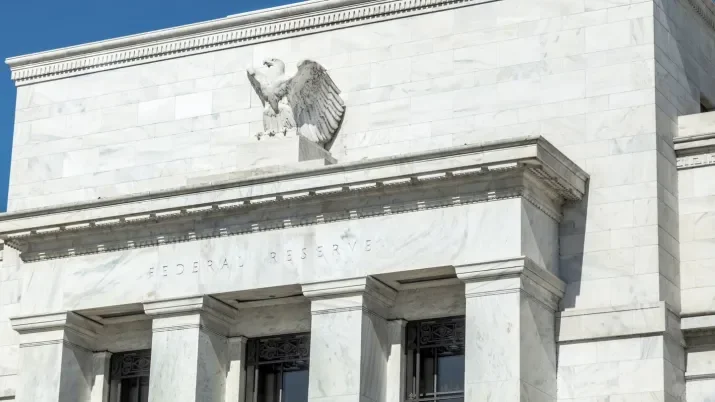A new theme to the upcoming earnings season
This week analysts will switch once again to “Earnings Season” mode. Models will be updated with new management projections, a long list of financial ratios will be refreshed and analysts will grill management teams on their outlooks for the rest of the year. Apart from our usual list of topics to focus on, such as Jamie Dimon’s outlook of the US economy, Non-Performing Loan (NPL) formation on banks’ balance sheets, leverage trends in High Yield and countless others, there will be a new one on a number of market participants lists: US regional banks.
The first ones in this group start reporting next week with Charles Schwab and Citizens as two of the main highlights. With the KBW Regional Banking index posting a 15% rally from the lows, we believe a number of its components will be heavily scrutinised. From a macro point of view, markets are likely to focus on a range of topics.
Firstly, and most importantly in our view, is to what degree, if at all, have deposits returned in any size to the sector. If deposit holders feel comfortable that their money is safe, then banks that feel pressured will have more time to address their problems, as opposed to having to deal with asset sales to meet deposit withdrawals. As was evident during the regional bank mini crisis, and we expect is likely to still be the case, there will be more than one bank out there in the sector that does not have proper interest rate hedges in place. As a result, and with 10Y US Treasuries at close to the highs of the year, there might be a few questions about unrealised losses in Treasuries (and other) positions that the analysts will want to dig into.
Secondly, although banks can phone the Fed and use the BTFP (Bank Term Funding Program) in order to avoid realising losses, this is not for free. In their latest Quarterly Report (Q1 2023) the Federal Deposit Insurance Corporation (FDIC) estimates the average deposit yields a measly 1.42%. Although it is rational to expect that the number was higher for certain regional banks even before the crisis, just by looking at the FDIC report it seems that on aggregate the number was not far away from the average. In stark contrast, the BTFP cost is the 1-year overnight index swap plus 10 bps, which totals c. 5.48% at the moment. Given the levered nature of a bank’s balance sheet, replacing liabilities that cost 1.42%, with alternatives that cost 5.48%, will have a large negative effect on Net Interest Margins, especially if the size is relatively large. Looking at the amount outstanding in said facility does not give much hope. Since its inception in early March, the balance has clearly gone upwards, reaching just over $100 billion in June, with only a minuscule decline in July. Consequently, if margins are reduced significantly with little sign of improvement going forward, we might see renewed pressure in the sector.
Thirdly, if deposits have not returned in earnest and banks understandably do not want to replace this funding with the BTFP, then they could sell assets and pay back expensive funding. This is essentially downsizing, which is not what shareholders usually like to hear, but might be one avenue to protect margins. Markets therefore will expect to hear from management teams on their plans to sell assets, what type of asset and at what price. We also expect the M&A theme to be an important one as there will be winners and losers once the dust actually settles from the March madness.
Finally, NPL formation, in particular in the Commercial Real Estate sector, will be an important one to look out for. Some banks in the sector have large percentages of their books in a sector that is widely regarded as “not the place to be” at this stage. Headlines of REITs and other equity investors deciding to hand in the keys of offices and hotels have become worryingly commonplace so far this year, as refinancing without a large equity cheque is not possible. Consequently analysts expect an increase in provisions which is a direct charge to the Income Statement and therefore to capital ratios. Although this will not be a surprise, markets will scrutinise just how bad the increase in provisions ends up being.
In summary, while regional banks’ results might be a driver for global markets, stakes are high and although the Q1 panic might be over for now, we doubt the negative headlines from the sector will be. There is a long list of themes that analysts will be querying in the upcoming earnings season, and the answers to those questions could well drive market reaction, good or bad.




